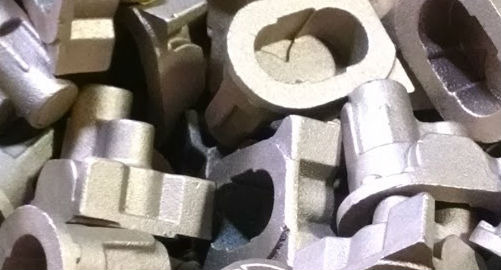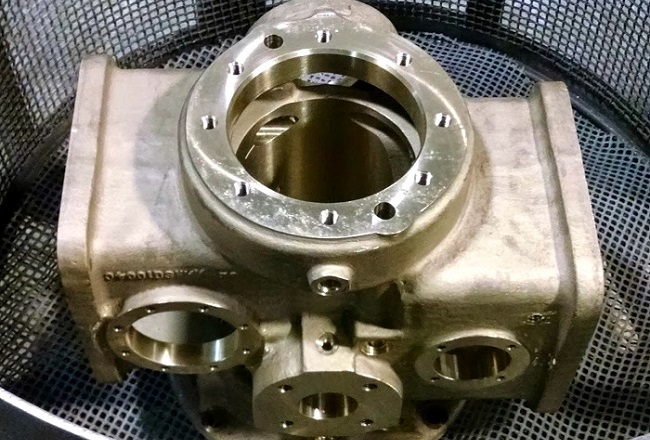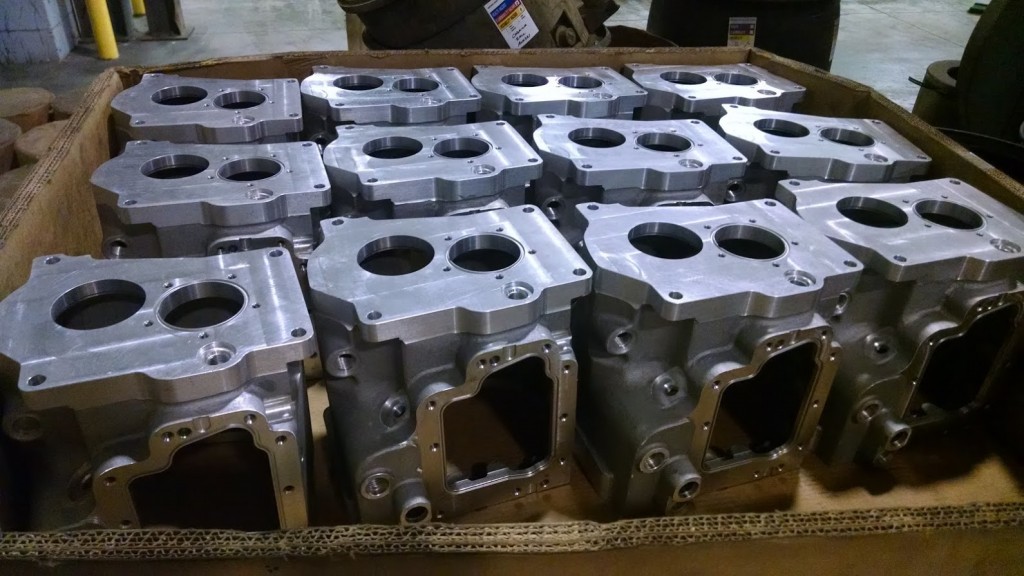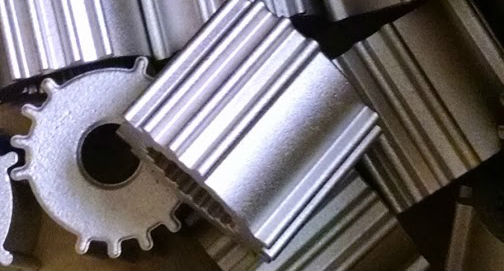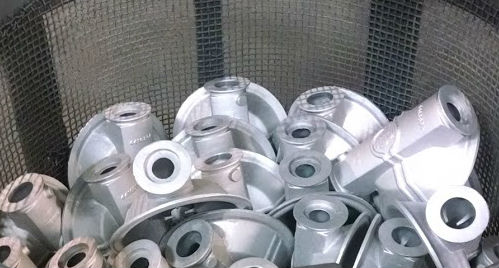Porosity is an ongoing problem in the manufacturing of metal castings. Porosity leads to leakage, which can make the casting virtually unusable. Porosity is a particularly pervasive threat in castings made of aluminum, zinc, bronze and various metal alloys, and a number of issues can lead to porosity in a casting. Internal shrinkage, the formation of oxide films and gas cavitation are some of the more common culprits.
Implementing a process known as vacuum impregnation is an extremely effective means of sealing the leaks created by porosity. Vacuum impregnation is widely used in aerospace/aviation, military and defense and other industries to eliminate both macro- and micro-porosity in castings for parts such as engine blocks, pumps, landing gear, missile propulsion systems and transmissions.
Vacuum Impregnation: The Basics
While there are several variations, vacuum impregnation is essentially a five-step process of:
- Placing the metal casting in a pressure vessel and using a vacuum system to remove air from the leak path
- Inserting an anaerobic, thermosetting recoverable or thermosetting recyclable sealant into the leak path
- Placing the casting in a drain station to recover excess sealant
- Washing and rinsing the casting to remove any residual sealant
Vacuum Impregnation Methods
The three general types of vacuum impregnation processes include:
- Dry vacuum and pressure: The preferred method in defense, aerospace and automotive industries and for part designs that are difficult to seal, this process provides the most comprehensive impregnation results.
- Dry vacuum: This process is extremely useful for sealing porosity and leak paths, but it does not include a final pressure stage required to facilitate maximum sealant penetration.
- Wet vacuum: Ideal for sealing larger leak paths and porosity, this vacuum impregnation process is best-suited for use with electrical components and powdered metal parts.
Cost-Saving Benefits of Vacuum Impregnation
Vacuum impregnation can provide significant cost savings for just about any metal casting manufacturing operation. By reducing the number of ruined parts caused by porosity and the resulting leakage, vacuum impregnation helps to minimize waste. The process also increases productivity by reducing the time spent on scrap and rework activities.
Another benefit of vacuum impregnation is that it can often eliminate the need for expensive leak testing procedures. What’s more, vacuum impregnation can prolong tool life by as much as 100 times, which lengthens the time between tool replacements.
Contact Sharretts Plating Company to Learn More About Vacuum Impregnation
SPC offers technologically advanced vacuum impregnation services as part of our wide range of industry-leading metal finishing processes. Contact us today to learn more about the many benefits vacuum impregnation can provide for your manufacturing operation and to receive a no-obligation quote.



